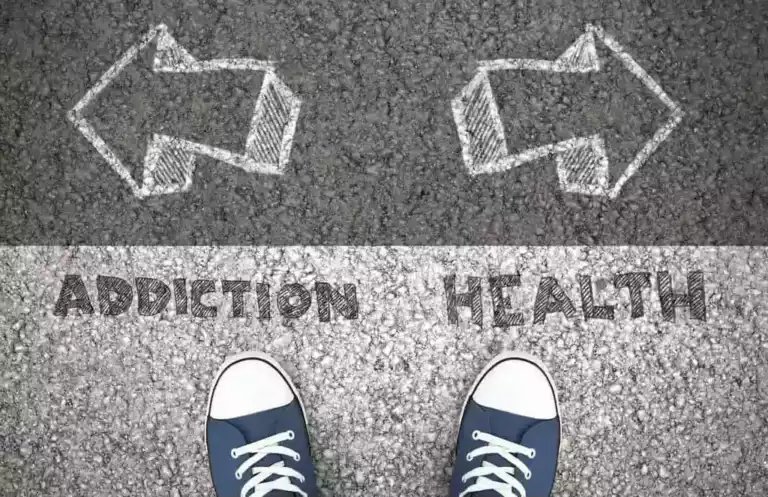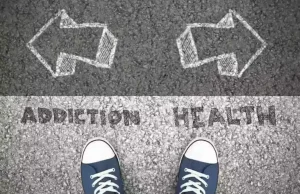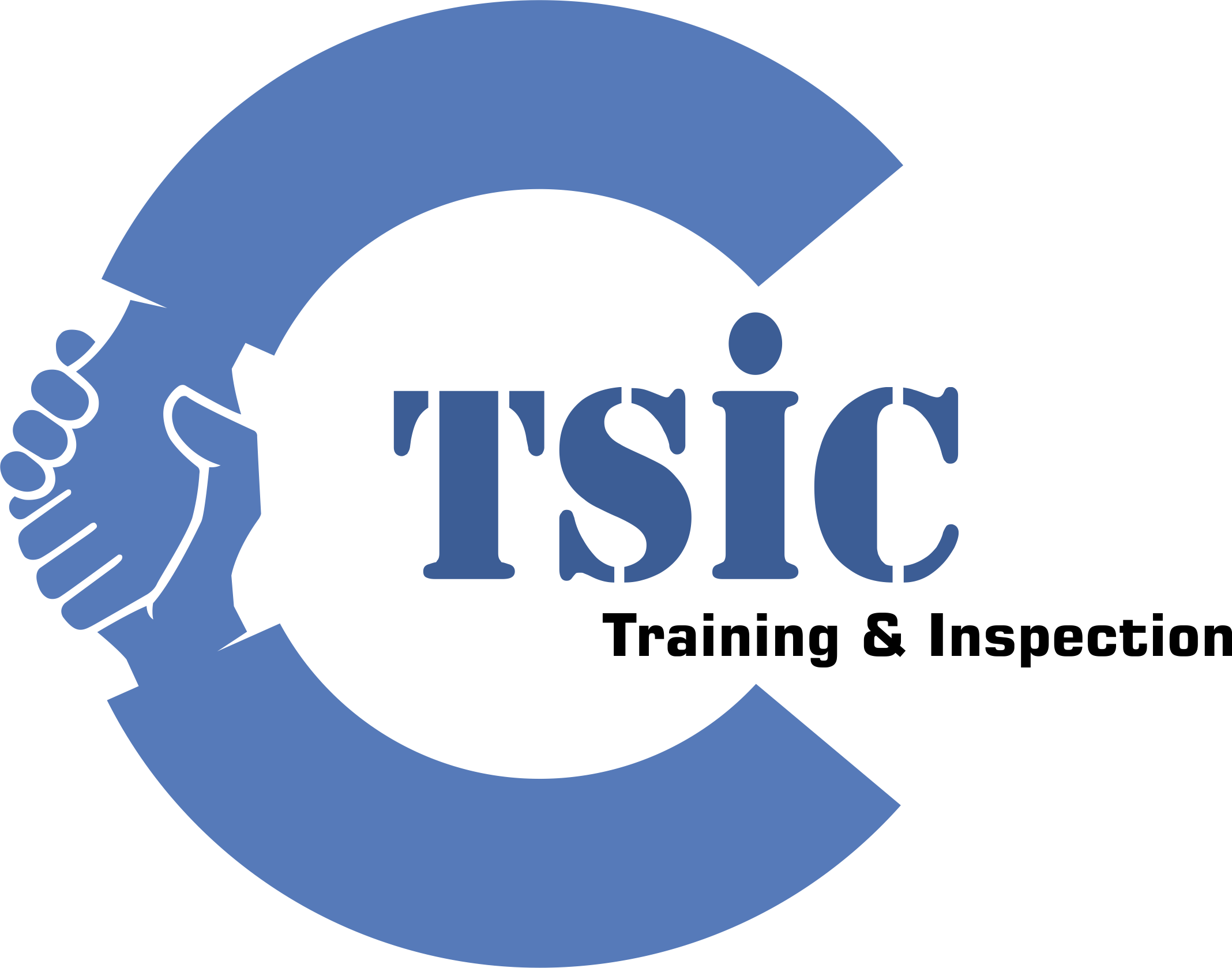
The information contained on this website is not intended to be a substitute for, or to be relied upon as, medical advice, diagnosis, or treatment. Always seek the advice of your physician or other qualified health provider with any questions you may have regarding a medical condition. If you have reason to suspect use, don’t be afraid to err on the side of caution.
- In September 2024, CNN reported that misuse of laughing gas (nitrous oxide, N₂O) is a popular method for some young people to obtain a quick high.
- Alcohol and nicotine or tobacco may be some of the first, easier-to-get substances for teens.
- Be looking for concealed drug paraphernalia around the house or car, including cellophane wrappers, aluminum foil, rolling papers, small pipes, and small baggies or containers.
- Learn about the different substances, signs and symptoms of addiction,…
- In addition, it might be helpful to learn more about screening tools, prevention efforts, and treatments.
What Causes Teens to Use Drugs?
- Your teen may get upset when you bring up the subject of substance use.
- Recent research shows that medication for opioid use disorder significantly improves the outcome for people with opioid use disorder.
- Where the parent is the drug user, every effort should be made to reduce the exposure and the impact of this behavior on their teenager.
- They have also expressed concern over misuse of their products and provided resources for substance abuse help.
- Suicide remains the second leading cause of death among adolescents, behind accidents.
Most teen treatment centers also offer educational support so that teens in recovery don’t get behind in school. There are treatment centers designed for teens that target the emotional and social issues that led to their drug use. 1 in 3 parents believe signs of drug use there is little they can do to prevent teen drug use despite evidence that shows parental involvement is the strongest factor in prevention. The warning signs used to determine if a teen or adolescent may have a substance use disorder are listed by Dr. Ashish Bhatt, MD. It’s important to know the difference between drug abuse and addiction.

Risk Factors for High-Risk Substance Use
Other examples include ketamine and flunitrazepam or Rohypnol — a brand used outside the U.S. — also called roofie. These drugs are not all in the same category, but they share some similar effects and dangers, including long-term harmful effects. When you suddenly stop using a substance, you may experience withdrawal symptoms.

Share Content
These drugs can produce a “high” similar to marijuana and have become a popular but dangerous alternative. Two groups of synthetic drugs — synthetic cannabinoids and substituted or synthetic cathinones — are illegal in most states. The effects of these drugs can be dangerous and unpredictable, as there is no quality control and some ingredients may not be known. Signs and symptoms of drug use or intoxication may vary, depending on the type of drug. It’s important to teach them the power of saying no and how to enjoy life without relying on substances. You, nor your loved one, are under any obligation to commit to a Legacy Healing Center treatment program when calling the helpline.

Withdrawal typically happens to people who have become addicted or dependent on substances and suddenly stop using them. In September 2024, CNN reported that misuse of laughing gas (nitrous oxide, N₂O) is a popular method for some young people to obtain a quick high. A popular method is the use of “whippets,” small metal canisters (also called chargers) containing pressurized nitrous oxide used to charge whipped cream dispensers. A notable decline in academic performance can be a significant warning sign.

On the flip side, depression, mood instability, and apathy are also warning signs of potential drug abuse and shouldn’t be taken lightly. If you notice your child withdrawing from others and spending more time alone, it could be the sign of a larger substance use problem. Many addictions develop from drug abuse that starts during adolescence. The teenage brain is still developing, putting adolescent users at an increased risk of addiction.
